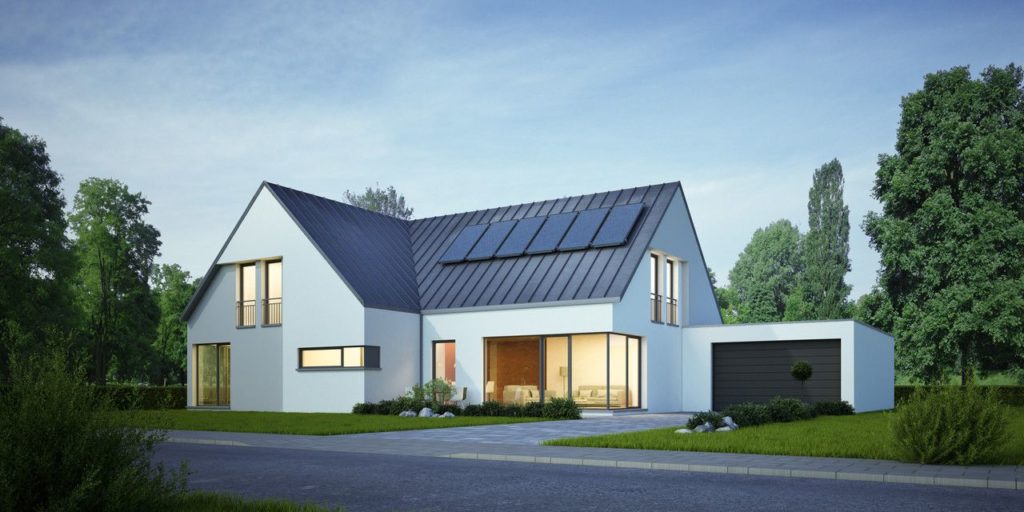
The government has recently pledged to invest with renewable energy once Brexit has been delivered. However, with so many countries pledging to be carbon-neutral by 2050, and sometimes even 30 years earlier, it’s a tall order.
Most governments, in the EU at least, have set zero carbon targets. This means that many households are also deciding to implement more renewable methods. As with all forms of technology, renewables are constantly adapting and improving.
The Broader Picture
There has been much criticism over the government’s dedication to zero-carbon targets, past and present. There’s also plenty of debate over which sources of energy should be prioritised before renewables are used to their full potential.
For example, Boris Johnson recently pledged to fund a nuclear fusion plant, a decision that will cause plenty of debate and division. This is part of a wider aim to reduce carbon emissions by 80% by 2050.
This broader target isn’t as simple as using hydro-energy or wind farms; it will involve a number of strategies such as using other zero-carbon measures (i.e., nuclear, which are not necessarily sustainable) and encouraging farmers to grow trees to remove CO2 from the air.
Renewable energy also has to be paired with how we build our homes in the future. There are new government commitments and tighter building regulations which stipulate that homes should be far more energy-efficient.
For example, insulation and good ventilation ensure that heating is more efficiently-used. However, this does throw in the issue of homes that weren’t built with an eco-conscious mind: is it possible to retrofit all homes?
With this in mind, what many people will want to know is how renewables can help them save money and does the industry still value the current methods?
The general feeling is that neither wind nor solar power will lose their significance. This is good news for those who are looking into these two options as a viable source of energy. Here is a little more on both of these methods of creating energy.
Wind Power
To understand how the future of renewables will affect everyday citizens, it’s helpful to know what options are open to most people. The first option that could be of use for those with enough space to install one: a wind turbine.
These are actually sometimes a divisive option, as they have plenty of critics out there, ready to shoot them down as being ineffective.
However, if it works for your home (for instance, if you live in a windy part of the country), the installation is quite cheap, starting at around £2,000. One of these sizes put out 1kW, which is a measurement that will be of little significance to most people.
So to put it into context, a house usually needs 2.5kW, and with a wind turbine creating around half of your energy, what’s the problem? Many people see these a bit of an eyesore, and some people complain about the noise allegedly caused by them.
You will also need a high wind speed, which may not be possible in some flatter, inland parts of Britain.
Solar Panels

While we’re on the topic of more affordable renewable energy sources, solar panels are perhaps one of the most widely accessible methods of generating energy.
If it’s affordability you’re after, then thermal solar panels (the kind that heats water immersion tanks) are the cheaper alternative. However, if you combi-boiler, this won’t be possible. Meanwhile, most people will have access to photovoltaic panels, on the provision that you have a roof that is clear from shade.
Even a chimney stack could restrict your access. The only aspect you need to be aware of is that the government stopped the feed-in tariff reward scheme for photovoltaic panels in early 2019. You can read more about how Solar Energy helps the environment here.
Change In The Renewable Energy Industry
If you’re comforted by the idea of a big, central electricity plant fuelling your home, then know that this is likely to change. As we move to renewable energy alternatives, the sources of electricity and power become more spread out.
This means that we will start to generate energy from a wide number of sources. So, your installation of solar panels or other renewable sources will actually be quite an accurate reflection of the future, pulling your energy from multiple methods.
On top of that, battery storage technology is changing and improving. As anyone who has a wind turbine or solar panels will know, you will go through high and low periods of energy production. Once we have batteries that can store this energy, we can finally make the most of renewable energy.
Renewable heating

There are a few more options when it comes to renewable energy methods. As we all know, heating your home in winter is a far more expensive venture.
Therefore, many people are keen to save money during this period. There have been incentives created by the government such as the Renewable Heat Incentive to reward those who use the following methods of heating their homes:
- Biomass pellet stoves
- Thermal solar panels (as listed above)
- Ground to water and air to water heat pumps
- Biomass wood boilers
If you do opt for one of these methods, make sure that you go for a reliable supplier. Doing your research beforehand can also be incredibly helpful in finding the right heating solution for you.
The good news, if you are looking at two of the most popular methods of using renewable energy in your home (wind and solar) is that those sources aren’t going out of fashion any time soon. In fact, they’re still seen as incredibly valuable.
It’s likely that the houses of the future will be heated by a number of renewable sources, stored in batteries. By investing in these methods of warming and powering your home, you are just becoming an early adopter. The best approach to take, when investing in any renewable method is to do your research and hunt for a reliable supplier.
